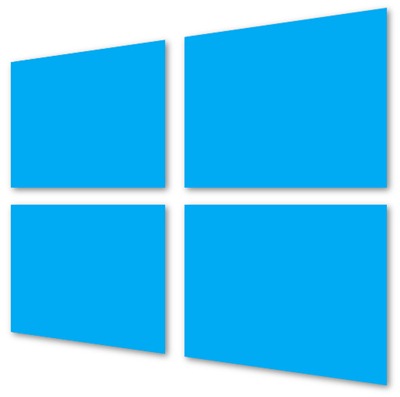Having met its long-awaited released date on 26th October, Windows 8 is truly here, and as a testament to just how consumers have responded to the new operating system, the 40 million mark has already been passed in terms of licenses sold.
Certainly not bad going, particularly when one considers Microsoft is only a month in. Unlike previous versions of Windows, which have catered mainly towards PCs and notebooks, Windows 8 is an umbrella term for a slew of new versions of the market leading OS, spanning tablets, notebooks and even smartphones.

Microsoft executive Tami Reller shared the news of the milestone with an announcement to investors, analysts and the media at Credit Suisse 2012 Technology Conference.
The journey is just beginning, but I am pleased to announce today that we have sold 40 million Windows 8 licenses so far.
Considering the leap of faith Microsoft has taken in introducing the world to the new Metro/Modern interface, the software maker will also be buoyed by the fact that Windows 8 is selling upgrades quicker than its predecessor, which is Windows 7. Many questioned whether consumers would take to the new UI – which is better suited to tablets – on normal notebooks and computers on the market. With 40 million licenses, the question appears to have been answered, and with no major launch-date issues or bugs with the OS itself, I’m sure there’ll be quite a bit of high-fiving going on within Microsoft’s headquarters.

Steven Sinofsky, who was president of Windows and Windows Live before his departure earlier this month, was one of the driving forces in bringing the Windows 8 product family to market, and it will be intriguing to see just how the company adapts without one of its key characters. With that said, Microsoft has placed a great deal of belief in Julie Larson-Green, and after this positive start and reception, she, along with other key figures in the Redmond company, will need to be on top of their games if they are to continue building on this apparent initial success.
Question marks remain about the Surface RT though, and whether its lack of support for legacy apps means it’s doomed from the get-go, but considering Surface Pro is there to fill in that void, we’re certain that Microsoft is on the safer side of the fence, but Windows as a whole appears to be doing just fine, and the numbers are speaking for themselves.
You can follow us on Twitter, add us to your circle on Google+ or like our Facebook page to keep yourself updated on all the latest from Microsoft, Google, Apple and the web.

